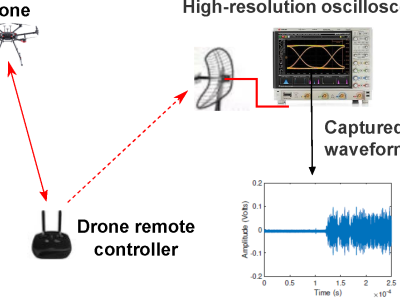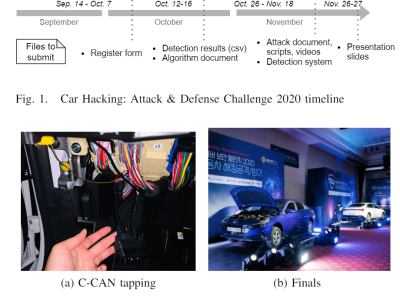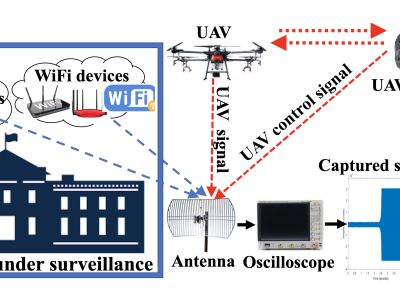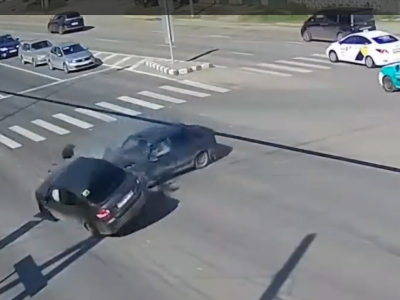Alcohol Detection in Drivers by Sensors and Computer Vision

- Citation Author(s):
-
Diego Peluffo-Ordóñez (Yachay Tech)
- Submitted by:
- Paul Rosero
- Last updated:
- DOI:
- 10.21227/mnja-3553
- Data Format:
- Links:
 3046 views
3046 views
- Categories:
- Keywords:
Abstract
The present dataset is based on implementing of 3 approaches with respect to the acquisition of driver data. The same one that we propose to use a sensor of concentration of alcohol in the environment (physiological), a sensor that measure the temperature of the defined points on driver’s face (biological) and another one that allows to identify and recognize the thickness of the pupil (visual characteristics).
As a first approach, a gas detection sensor is implemented. The same one that seeks to reveal the presence of ethanol. The selected sensor is the MQ-3, due to its sensitivity to different gases and its rapid integration into the systems. As a second approach, we seek to determine the facial thermal change of the person. Since it has been proven that the temperature increases in the face of an alcoholic person, due to that the arteries and blood vessels increase their activity. The MLX90621 temperature sensor must determine this variation. The third approach used is that of visual characteristics. Because a person who consumes alcohol the iris becomes darker, which means that its temperature compared to the sclerotic decreases. This is because the sclera is full of blood vessels that increase the temperature with alcohol consumption. We use a Raspberry Pi Camera to acquire images to the pupil and find their radio.
Instructions:
The present dataset is based on implementing 3 approaches with respect to the acquisition of driver data. The same one that we propose to use a sensor of the concentration of alcohol in the environment (physiological), a sensor that measures the temperature of the defined points on driver’s face (biological) and another one that allows to identify and recognize the thickness of the pupil (visual characteristics).
Number of Instances: 390 (217 for no alcohol presence
173 for alcohol presence with
different concentration)
Number of Attributes: 5 numeric, predictive attributes and the class
Attribute Information:
1. acohol concentration in the car environment in ml/L
2. car environment temperature in degrees Celsius
3. face temperature min in degrees Celsius
4. face temperature max in degrees Celsius
5. pupil ratio
6. class:
1 No acohol presence
2 acohol presence








